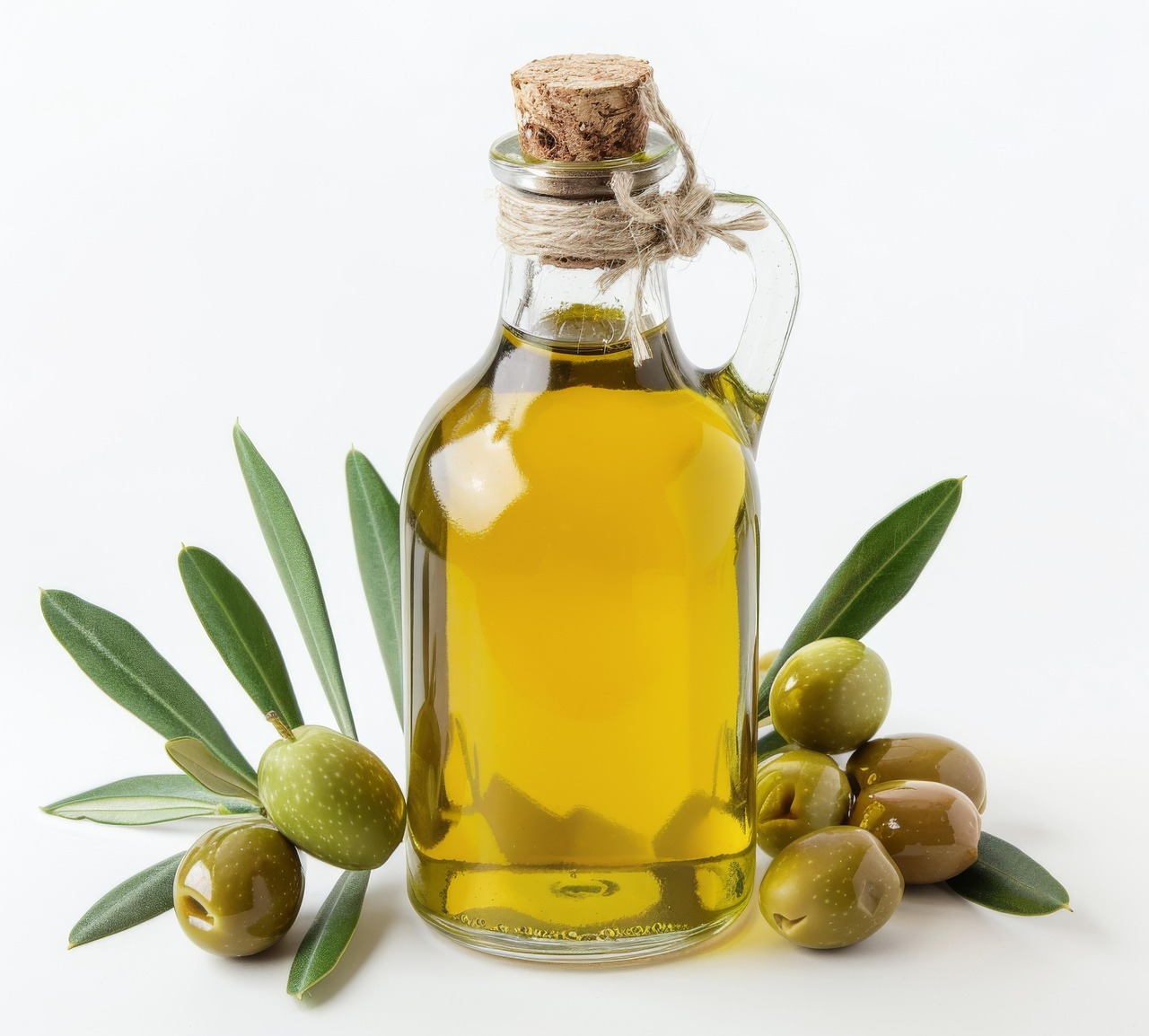The olive (Olea europaea) is a small evergreen tree native to the Mediterranean Basin, including the ancient Near East, cultivated for its fruit and oil for thousands of years[1]. Archaeological and genetic studies indicate that olives were first domesticated in the Levant between 8,000 and 6,000 years ago[2]. From these early origins, olive cultivation spread across the Mediterranean through Phoenicians, Greeks, Romans, and other civilizations, establishing the olive as a central agricultural, economic, and cultural resource[3][5]. Olive trees are hardy and drought-resistant, with some surviving and producing fruit for several centuries, making them both a practical and symbolic fixture in the Middle Eastern landscape[4].

Cultural Relevance of Olive
Archaeobotanical evidence shows that olive cultivation was established in the southern Levant, encompassing modern Israel, Palestine, Jordan, Lebanon, and Syria, by the fifth millennium BCE[2]. Olive oil was a highly valued commodity, as demonstrated by the cargo of Bronze Age shipwrecks such as Uluburun, which carried amphorae filled with olive oil[3]. Domesticated olive trees spread from the Levant to Cyprus and Anatolia, eventually reaching western Mediterranean regions[3]. By the Classical period, olive oil had become one of the most important economic products of the Mediterranean, supporting both local economies and long-distance trade[3].
Olives were indispensable to daily life in the ancient Middle East. Olive oil was a dietary staple, used for cooking, seasoning, and preserving food[3]. It also provided light for homes, temples, and public buildings, and served cosmetic and hygienic purposes, such as cleansing, massage, and perfumery[3]. Olive oil had ritual significance, being used to anoint kings and priests, as well as in sacrificial offerings[2]. Its presence in trade networks underscores its importance, reaching distant Mediterranean ports and contributing to the prosperity of ancient societies[3].
Ancient Egypt
In ancient Egypt, olives were known and used primarily for ritual and ceremonial purposes[3]. Olive oil was sometimes included in temple offerings and funerary contexts, symbolizing nourishment and eternal life[3]. The tree was associated with longevity and prosperity, while olive oil was used in cosmetics, massage, and ritual purification of the body[3].
Judaism
In Jewish tradition, the olive tree is one of the Seven Species of the Land of Israel, representing divine blessing and abundance[6]. Olive oil was central to temple rituals, used to light the Menorah and to anoint priests and kings[1]. The Hebrew Bible repeatedly references olives, olive oil, and olive trees, emphasizing their spiritual, economic, and symbolic importance[1]. For example, the book of Deuteronomy details the preparation of pure olive oil for offerings, while Isaiah and Jeremiah describe olives as symbols of prosperity, peace, and spiritual nourishment[1]. The story of Noah’s Ark, in which a dove returns with an olive leaf signaling the end of the flood, became a symbol of hope and divine reconciliation[1]. Beyond ritual use, olive oil was employed in Jewish daily life for anointing, medicine, and cooking, intertwining practical utility with spiritual symbolism[1].
Christianity
Christianity inherited and expanded the symbolic importance of olives and olive oil from Judaism[1]. Olive oil remains essential in Christian rituals, including baptism, confirmation, ordination, and the anointing of the sick, symbolizing healing, sanctity, and divine blessing[1]. The Mount of Olives in Jerusalem is central to the New Testament, including events such as Jesus’s prayers in the Garden of Gethsemane[1]. Jesus frequently used olive-related metaphors in parables, likening believers to branches connected to the vine or describing the care of olive trees as a lesson in diligence and spiritual growth[1]. The olive branch has become a universal emblem of peace, reflecting biblical associations with reconciliation and salvation[1]. Historically, monasteries and churches in the Middle East preserved olive groves for oil used in worship, food, and medicinal applications, demonstrating the olive’s integration into religious, economic, and social life[1].
Islam
In Islam, the olive tree is described in the Qur’an as a “blessed tree,” valued for both spiritual and practical benefits[7]. Prophet Muhammad recommended the use of olive oil for consumption and topical application, emphasizing its health and spiritual benefits[8]. Olive trees and oil are associated with paradise and divine providence, with olive wood used in prayer beads and olive oil appearing in traditional medicine[8].
Cooking and Table Use
Olives have been a staple of Middle Eastern cuisine for millennia[1]. Fresh olives are naturally bitter and require curing in brine, salt, or other solutions before consumption[1]. Once cured, they are eaten as appetizers, snacks, or incorporated into salads and savory dishes[1]. Olive leaves have occasionally been used for flavoring and medicinal infusions[1]. The use of olives in food has historically combined taste, preservation, and health benefits[1].
Olive Oil
Olive oil is the most significant product derived from olives[1]. It is essential in cooking, frying, and dressing salads[1]. Beyond its culinary role, it has preservative properties that extend the shelf life of foods and serves as a base in sauces, dips, and condiments[1].
